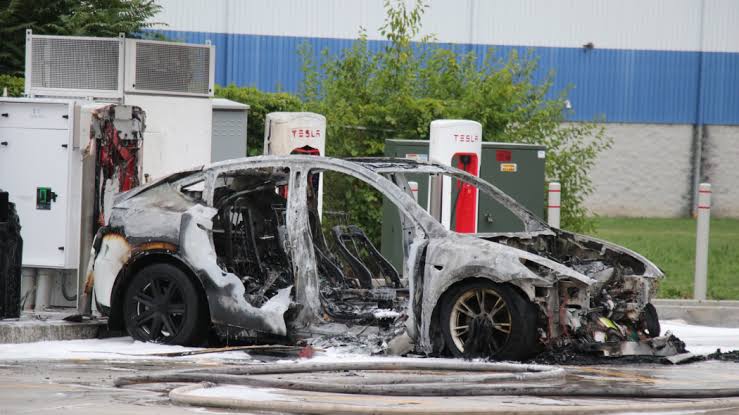Exploring the aftermath of a Tesla electric vehicle fire incident in Pennsylvania sheds light on the crucial intersection of safety and innovation in the realm of electric vehicles. The incident has sparked discussions about the safety protocols and advancements in electric vehicle technology, urging a deeper analysis of the implications for the industry. This incident serves as a compelling case study to evaluate the resilience and progress of Tesla’s electric vehicles amidst challenges, emphasizing the importance of prioritizing safety measures and technological advancements to mitigate risks.
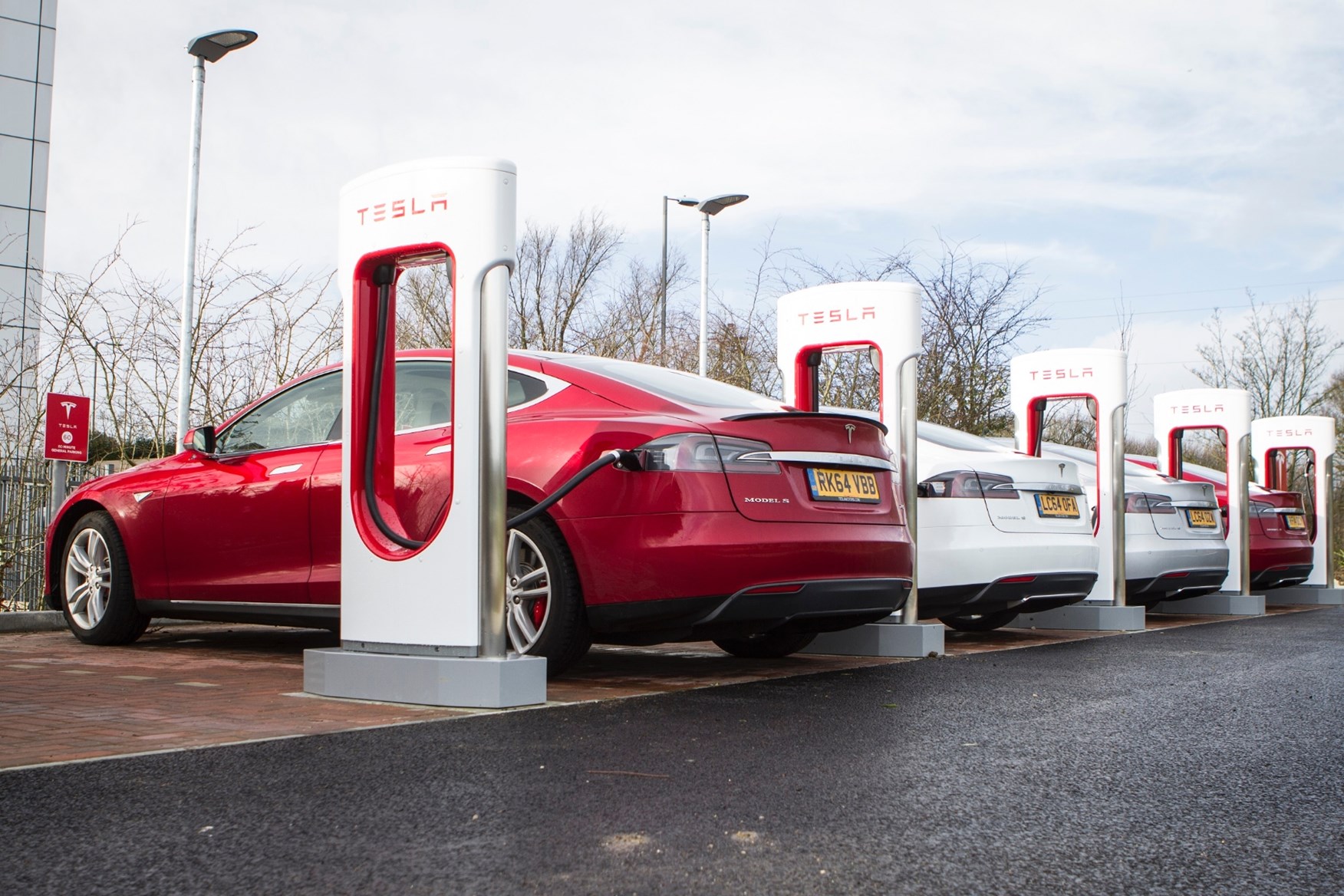
Tesla Electric Vehicle Fire Incident in Pennsylvania
On July 8, a Tesla electric vehicle, believed to be a Model Y, ignited at a supercharging station in Mechanicsburg, Pennsylvania. Despite no official confirmation on the exact model, the incident raised concerns about electric vehicle safety protocols. This event serves as a critical moment to reassess safety measures and reinforce innovation in electric vehicle technology.

Fire Department Response
During the Tesla electric vehicle fire incident in Pennsylvania, several fire departments and authorities swiftly coordinated their response. Their prompt action highlights the importance of preparedness in handling emergent situations involving innovative technologies like electric vehicles.
Firefighters effectively utilized specialized firefighting equipment and implemented stringent precautions to prevent the fire from reigniting, showcasing their adaptability to evolving challenges in modern vehicle safety protocols. This incident serves as a crucial learning opportunity for enhancing emergency response strategies in the realm of electric vehicle incidents.

Unknown Cause of Fire
-
The Tesla electric vehicle fire incident in Pennsylvania has sparked intrigue and concern as the Upper Allen Fire Department has yet to reveal the root cause of the fire, leaving a shroud of mystery around the event.
-
With critical details undisclosed, speculation and expert analysis become crucial in understanding the incident’s implications on electric vehicle safety standards and the innovation trajectory of Tesla vehicles. The unknown cause raises questions about the robustness of electric vehicle design and technology.

Record of Tesla Fire Incidents
The Pennsylvania Tesla Model Y fire incident joins a series of reported cases where Tesla vehicles have caught fire, raising concerns about electric vehicle safety. These incidents highlight the need for continuous monitoring and improvement of battery-related safety measures in the automotive industry.
Notable Tesla electric vehicle fire incidents serve as critical points of analysis for safety-conscious individuals and enthusiasts. Understanding the circumstances surrounding each event is crucial in evaluating the overall safety and reliability of electric vehicles, propelling innovations aimed at mitigating fire risks in the future.
The accumulation of Tesla fire incidents underscores the importance of thorough investigations and transparent reporting to enhance safety standards. By learning from past occurrences, manufacturers can implement more robust preventive measures, fostering advancements in technology that prioritize the security of electric vehicle users.

Safety Claims by Tesla
Tesla asserts a noteworthy statistic, indicating lower fire incidence rates when contrasting their electric vehicles to the national average. This assertion underscores their commitment to emphasizing vehicle safety as a cornerstone of their innovation and design philosophy. Tesla’s proactive approach aims to provide consumers with peace of mind regarding the safety of electric vehicles on the road.
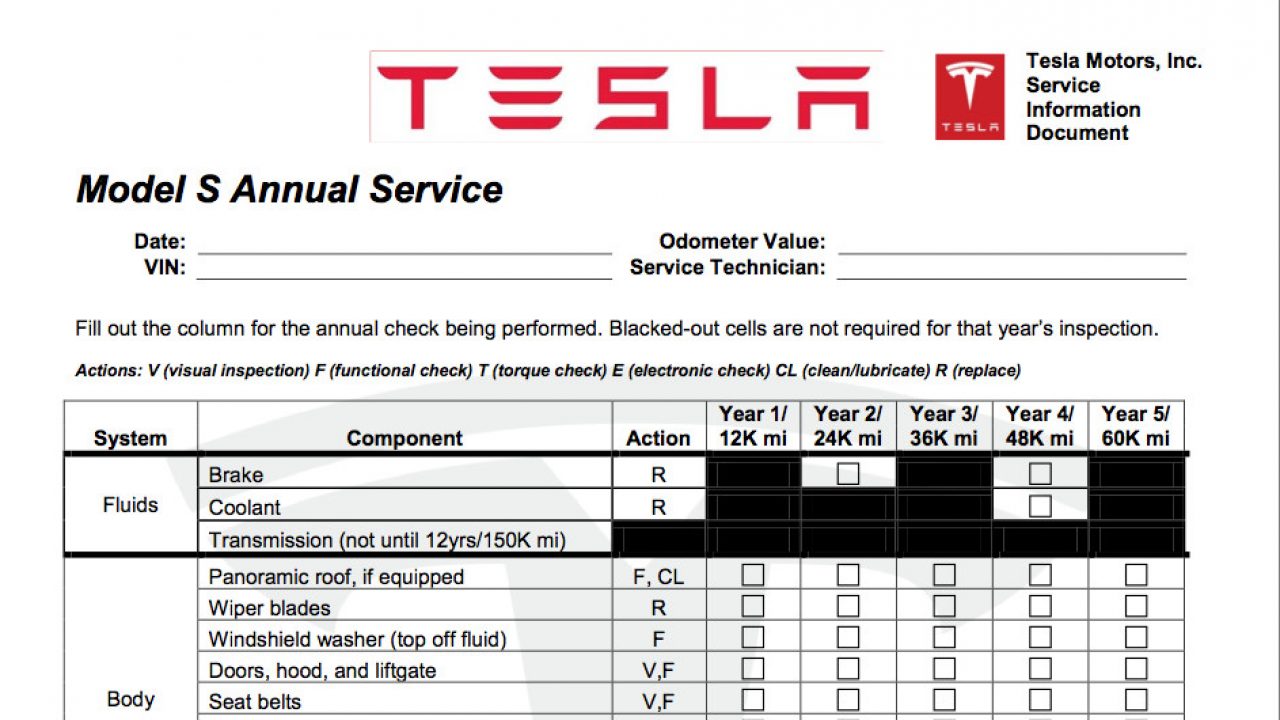
Preventive Measures for Tesla Owners
In light of the recent Tesla electric vehicle fire incident, proactive measures are key to ensuring safety and peace of mind for Tesla owners. Regularly inspecting the vehicle’s battery and charging systems can help in early detection of potential issues and prevent fire incidents. Combining routine maintenance with understanding the vehicle’s safety features is crucial in mitigating risks associated with electric vehicle fires.
Moreover, keeping abreast of manufacturer recommendations on charging practices and storage conditions is paramount. Following Tesla’s guidelines on battery charging and storage can significantly lower the likelihood of fire incidents. Additionally, installing fire detection and suppression systems in garages or charging areas can provide an added layer of protection, enhancing overall safety measures for Tesla electric vehicle owners.
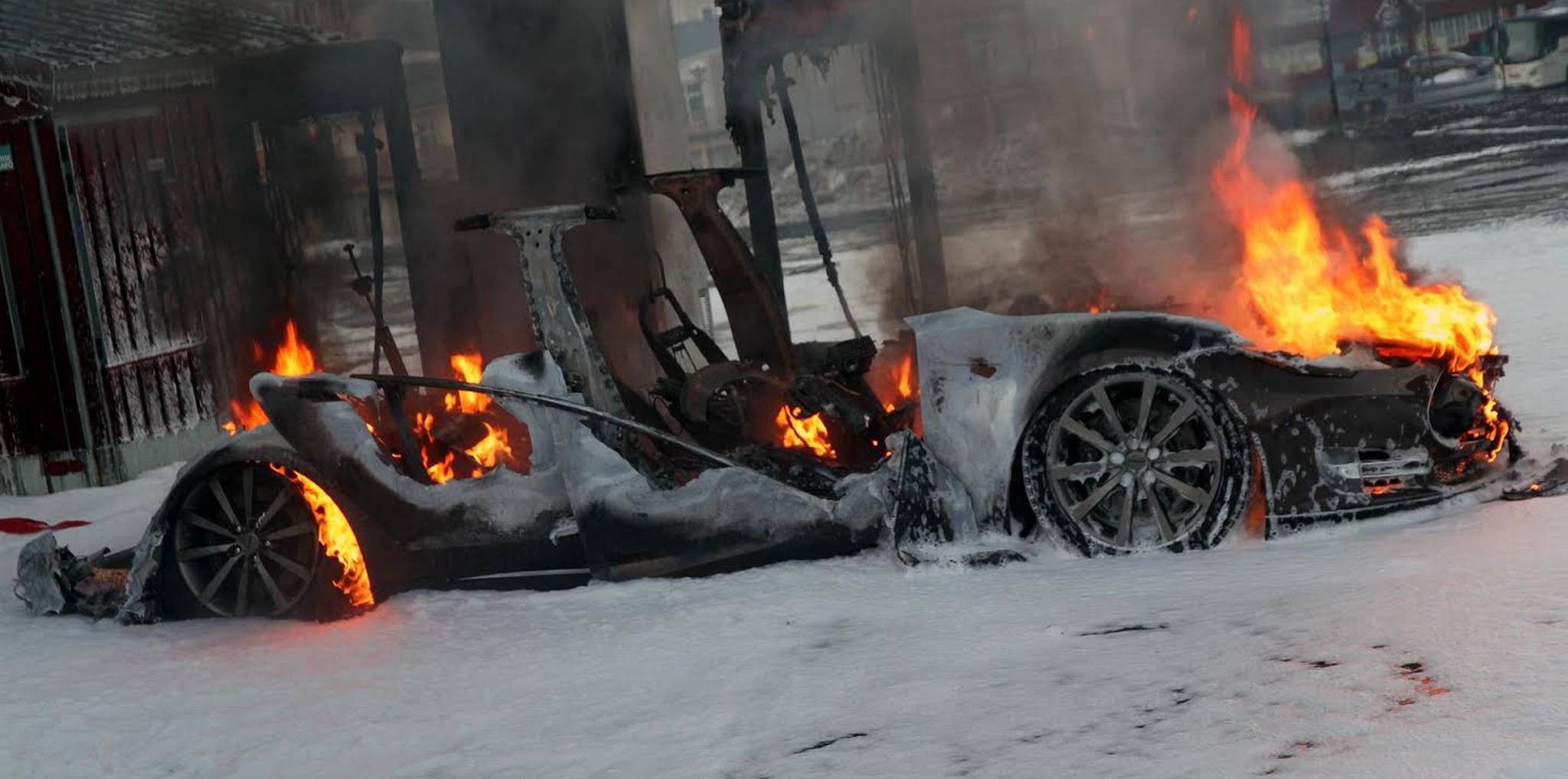
Concerns on Battery Safety
Incidents such as the recent Tesla electric vehicle fire incident in Pennsylvania underscore the critical importance of ongoing research and development in battery safety and charging systems. The potential risks associated with high-energy lithium-ion batteries demand meticulous attention to detail in design, manufacturing, and maintenance to ensure safety for both users and the environment.
Tesla electric vehicle fire incident highlights the imperative need for enhanced regulations and standards in the electric vehicle industry. Ensuring that rigorous safety protocols are in place throughout the manufacturing process, from battery cell production to vehicle assembly, is vital to mitigate the risks of potential thermal runaway incidents and fires.
Continuous advancements in battery technology pose challenges in ensuring long-term safety and reliability. As electric vehicles become more prevalent, the industry must prioritize innovations that not only enhance performance but also strengthen battery safety mechanisms. Collaborative efforts among automakers, researchers, and regulatory bodies are essential to address emerging safety concerns effectively.
In conclusion, the Tesla electric vehicle fire incident serves as a crucial reminder of the complex nature of battery safety and the evolving landscape of electric vehicle technologies. By prioritizing safety research, standards, and innovation, the industry can proactively address challenges and build a sustainable future for electric vehicles, inspiring confidence among consumers and fostering a culture of safety consciousness.

Safety Standards for Electric Vehicle Manufacturers
In the wake of the Tesla electric vehicle fire incident, it has become evident that a rigorous approach towards safety standards is imperative for all electric vehicle manufacturers. Such incidents emphasize the critical need for continuous improvement and innovation in ensuring the reliability of electric vehicle technology.
Enhancing safety protocols is pivotal for electric vehicle manufacturers post the Tesla incident. From battery design to thermal management systems, robust safety standards must be integrated to prevent potential risks and bolster consumer confidence. Every aspect, from manufacturing processes to vehicle design, must prioritize safety without compromising on innovation.

Collaboration for Safe Electric Mobility Transition
In the wake of the Tesla electric vehicle fire incident, a crucial aspect that emerges is the necessity for collaboration among manufacturers, users, and safety authorities. This collaboration is fundamental in addressing safety concerns promptly and effectively, ensuring that all stakeholders work cohesively towards enhancing electric vehicle safety standards.
Manufacturers play a pivotal role in not only innovating safer technologies but also in responding transparently to incidents like the Tesla electric vehicle fire to improve vehicle design and protections. Moreover, users’ feedback and experiences are invaluable in shaping safety protocols and user guidelines, emphasizing the critical need for an ongoing dialogue between users and manufacturers.
Safety authorities act as the regulatory backbone, setting standards and guidelines to uphold safety in electric mobility. Collaborative efforts between manufacturers, users, and safety authorities can foster a culture of accountability and continuous improvement, laying the foundation for a safe and efficient transition to electric vehicles. This collaborative approach is key to mitigating risks and instilling confidence in electric vehicle technology among consumers and stakeholders.
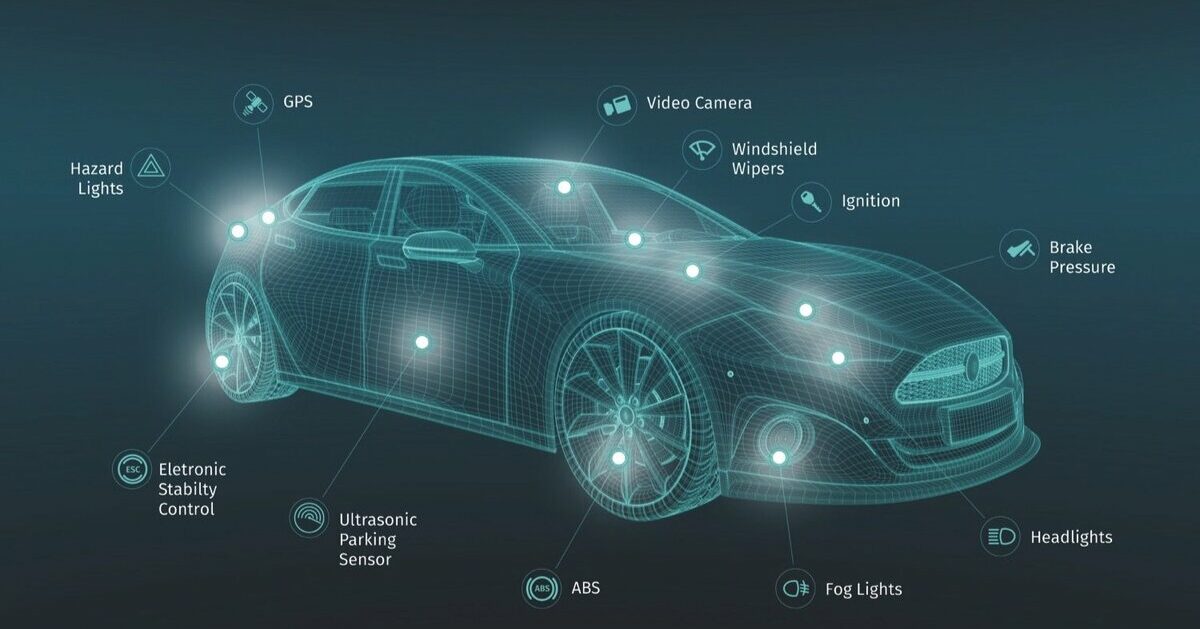
Enhanced Safety Efforts and Innovation
In the aftermath of the Tesla electric vehicle fire incident, a spotlight is cast on the importance of continuous safety enhancements. Initiatives such as stricter quality control measures and enhanced battery management systems become paramount to ensure the highest levels of safety for electric vehicles.
User education emerges as a key player in mitigating risks post the Tesla electric vehicle fire incident. Educating drivers on proper charging protocols, understanding warning signs, and safe handling practices can significantly reduce the likelihood of similar incidents occurring in the future.
